Noble family House of Visconti | Name Gian Visconti | |
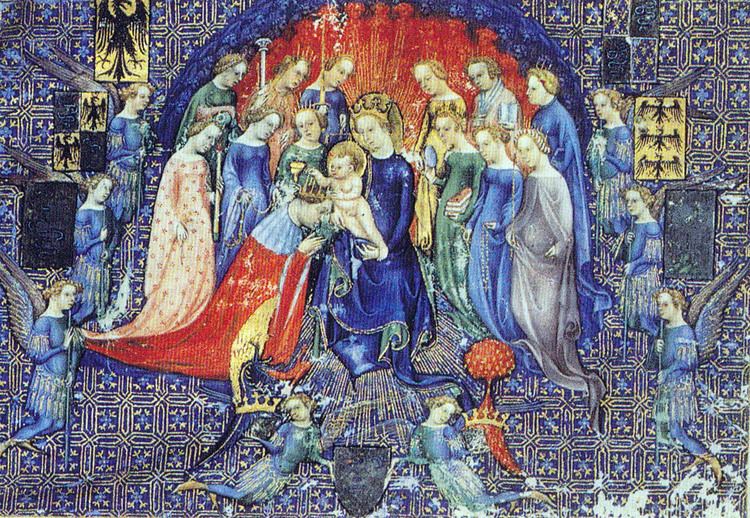 | ||
Full name Gian Galeazzo Visconti Coat of arms Lord of Milan - Duke of Milan Born 16 October 1351Pavia ( 1351-10-16 ) Children Filippo Maria Visconti, Gian Maria Visconti, Valentina Visconti, Duchess of Orleans Parents Galeazzo II Visconti, Bianca of Savoy Grandchildren Charles, Duke of Orleans, Bianca Maria Visconti, John, Count of Angouleme, Margaret, Countess of Vertus Similar People Filippo Maria Visconti, Bernabo Visconti, Galeazzo II Visconti, Valentina Visconti - Duchess, Bianca Maria Visconti | ||
Gian Galeazzo Visconti (16 October 1351 – 3 September 1402), son of Galeazzo II Visconti and Bianca of Savoy, was the first Duke of Milan (1395) and ruled the late-medieval city just before the dawn of the Renaissance. He was the great founding patron of the Certosa di Pavia, completing the Visconti Castle at Pavia begun by his father and furthering work on the Duomo of Milan.
Contents
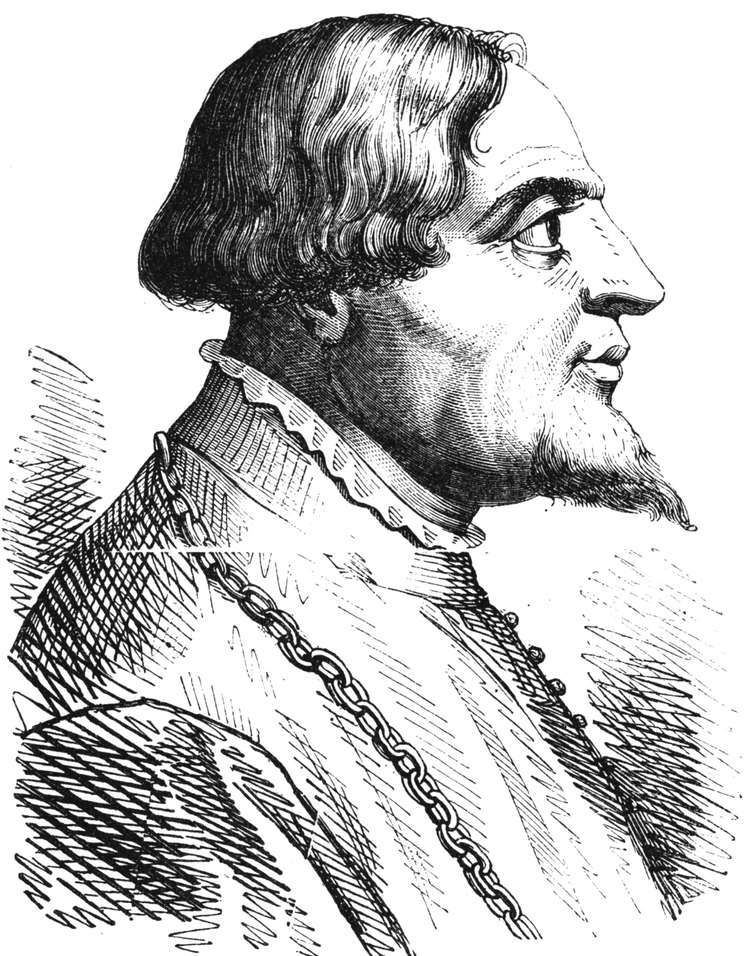
Daniele ravagnan concorso nazionale gian galeazzo visconti 2015
Biography
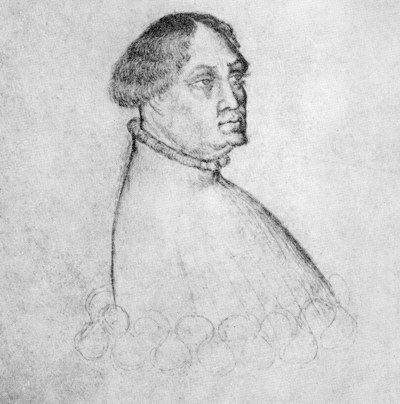
During his patronage of the Visconti Castle, he contributed greatly to the growth of the collection of scientific treatises and richly illuminated manuscripts in the Visconti Library.
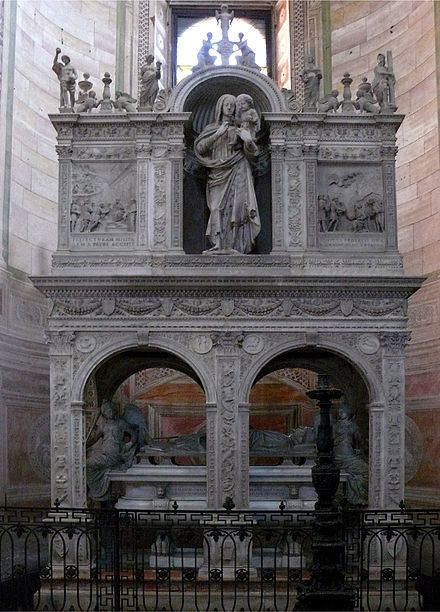
Although most famous as Signore of Milan, Gian Galeazzo was the son of Galeazzo II Visconti who possessed the signoria of the city of Pavia. In 1385 Gian Galeazzo gained control of Milan by overthrowing his uncle Bernabò through treacherous means. He imprisoned his uncle who soon died, supposedly poisoned on his orders.
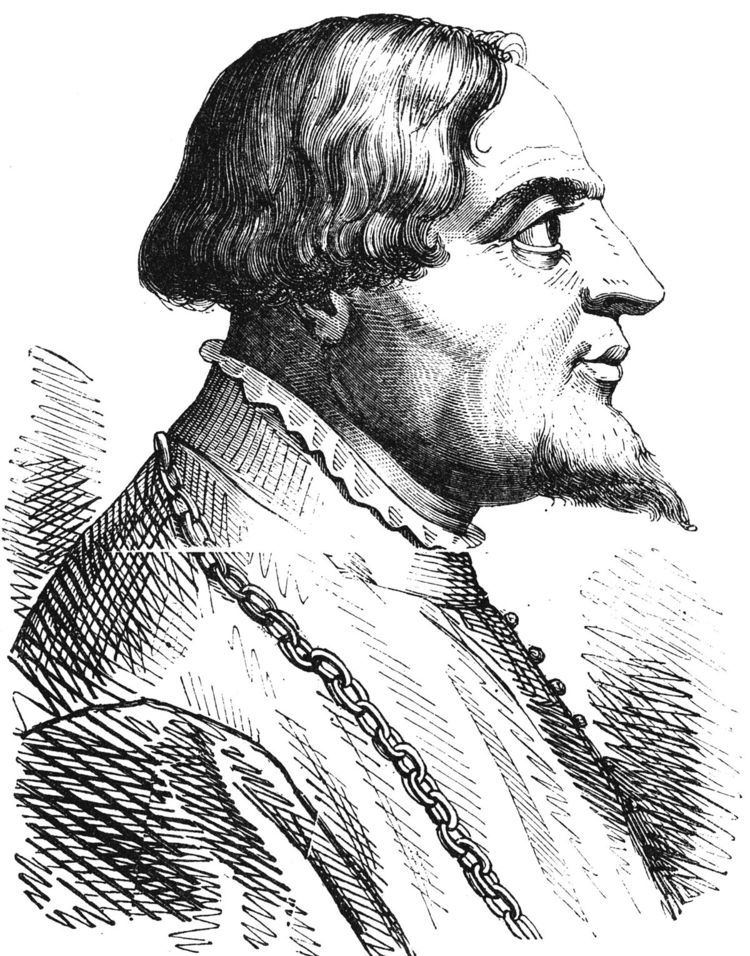
His first marriage was to Isabelle of Valois, who brought him the title of comte de Vertus in Champagne, rendered in Italian as Conte di Virtù, the title by which he was known in his early career. A devoted father to his daughter Valentina (wife of Louis, Duke of Orleans and mother of the famous poet, Charles of Orleans), Gian Galeazzo reacted to gossip about Valentina at the French Court by threatening to declare war on France. The wife of King Charles VI of France was Isabeau of Bavaria, the granddaughter of Bernabò Visconti, and, thus, a bitter rival of Valentina and her father Gian Galeazzo Visconti. After Galeazzo's wife Isabelle died in childbirth in 1373, he married secondly, on 2 October 1380, his first cousin Caterina Visconti, daughter of Bernabò; with her he had two sons, Gian Maria and Filippo Maria.
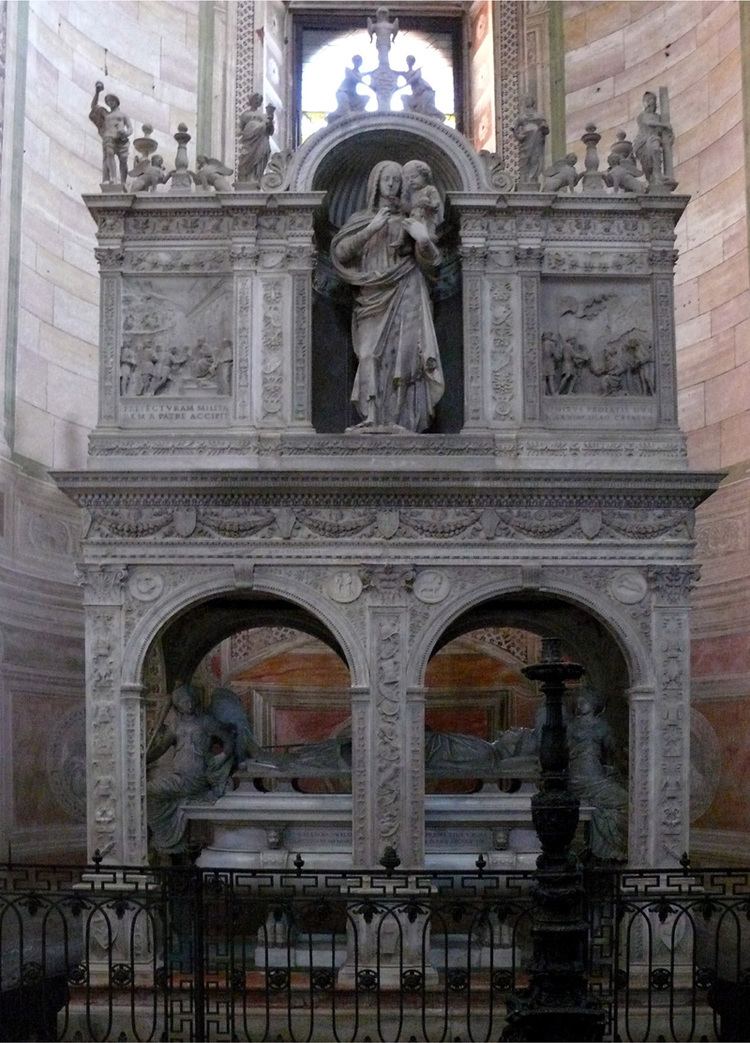
Galeazzo's role as a statesman also took other forms. Soon after seizing Milan he took Verona, Vicenza, and Padua, establishing himself as Signore of each, and soon controlled almost the entire valley of the Po, including Piacenza where in 1393 he gave the feudal power to Confalonieri Family on the lands they already had in the valleys around Piacenza. He lost Padua in 1390, when it reverted to Francesco Novello da Carrara. He received the title of Duke of Milan from Wenceslaus, King of the Romans in 1395 for 100,000 florins.
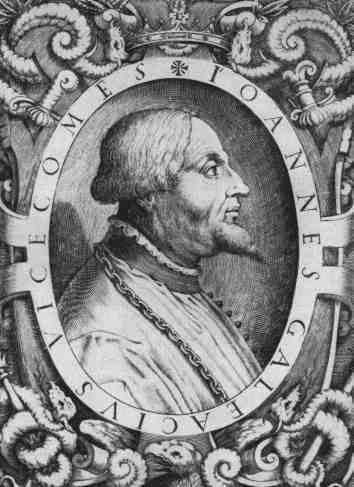
In 1400, Gian Galeazzo appointed a host of clerks and departments entrusted with improving the public health. For the new system of administration and bookkeeping this established, he is credited with creating the first modern bureaucracy.
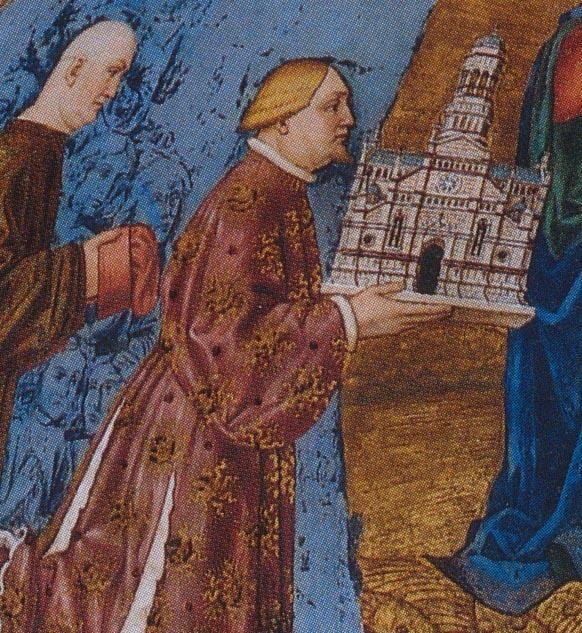
Gian Galeazzo had dreams of uniting all of northern Italy into one kingdom, a revived Lombard empire. The obstacles to his success included Bologna and especially Florence. In 1402, Gian Galeazzo launched assaults upon these cities. The warfare was extremely costly on both sides, but it was universally believed the Milanese would emerge victorious. The Florentine leaders, especially the chancellor Coluccio Salutati worked successfully to rally the people of Florence, but the Florentines were being taxed hard by famine, disease, and poverty. Galeazzo won another victory over the Bolognese at the Battle of Casalecchio on 26 June 1402.
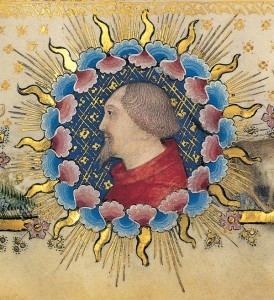
Galeazzo's dreams were to come to naught, however, as he succumbed to a fever at the castello of Melegnano on 10 August 1402. He died on 3 September. His empire fragmented as infighting among his successors wrecked Milan, partly through his division of his lands among both legitimate and illegitimate heirs.
Gian Galeazzo spent 300,000 golden florins in attempting to turn from their courses the Mincio from Mantua and the Brenta from Padua, in order to render those cities helpless before the force of his arms. His library, housed in the grandest princely dwelling in Italy, the castello in Pavia, and his rich collection of manuscripts, many of them the fruits of his conquests, were famous.
